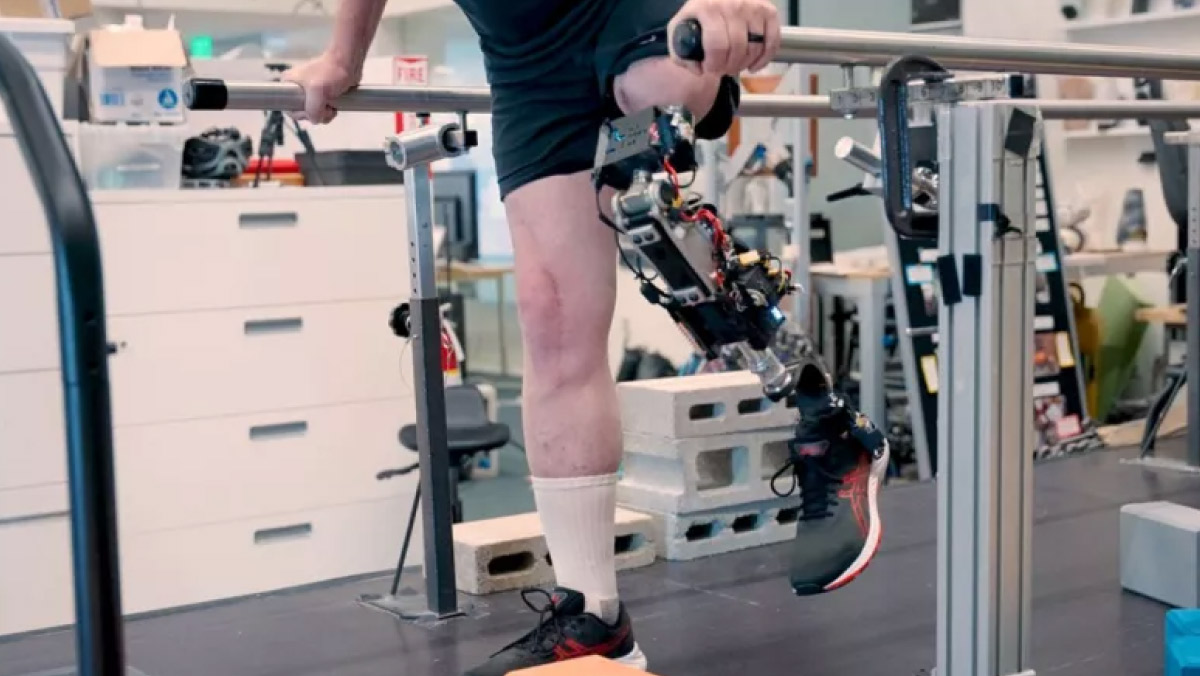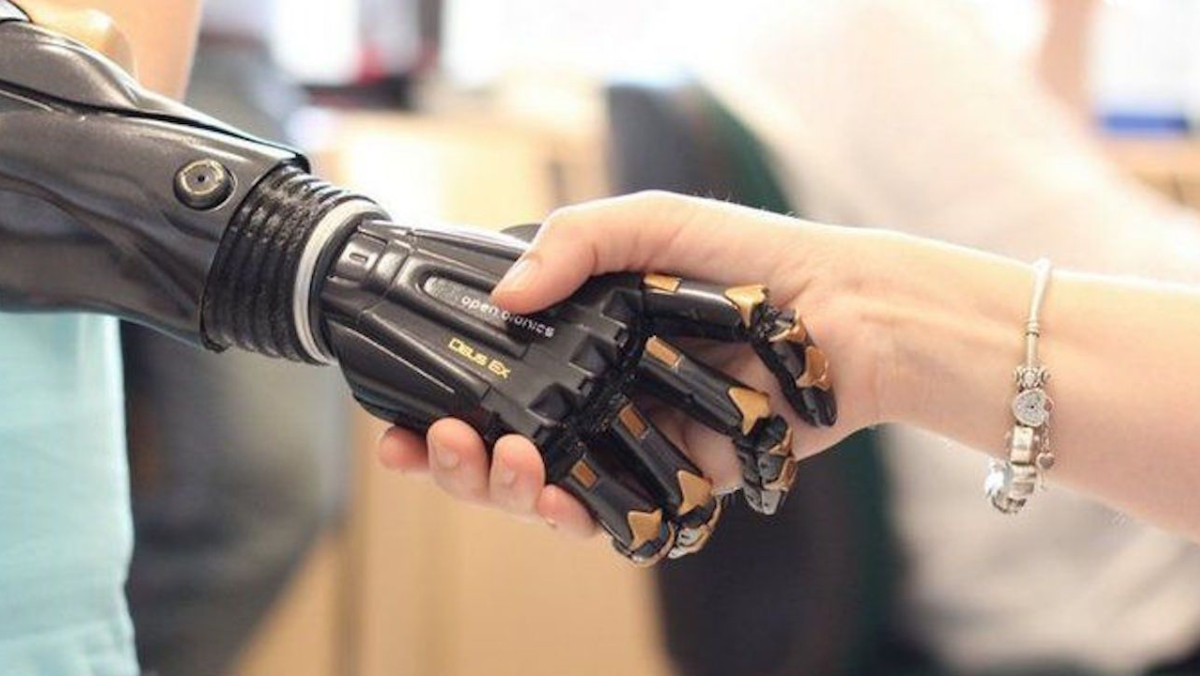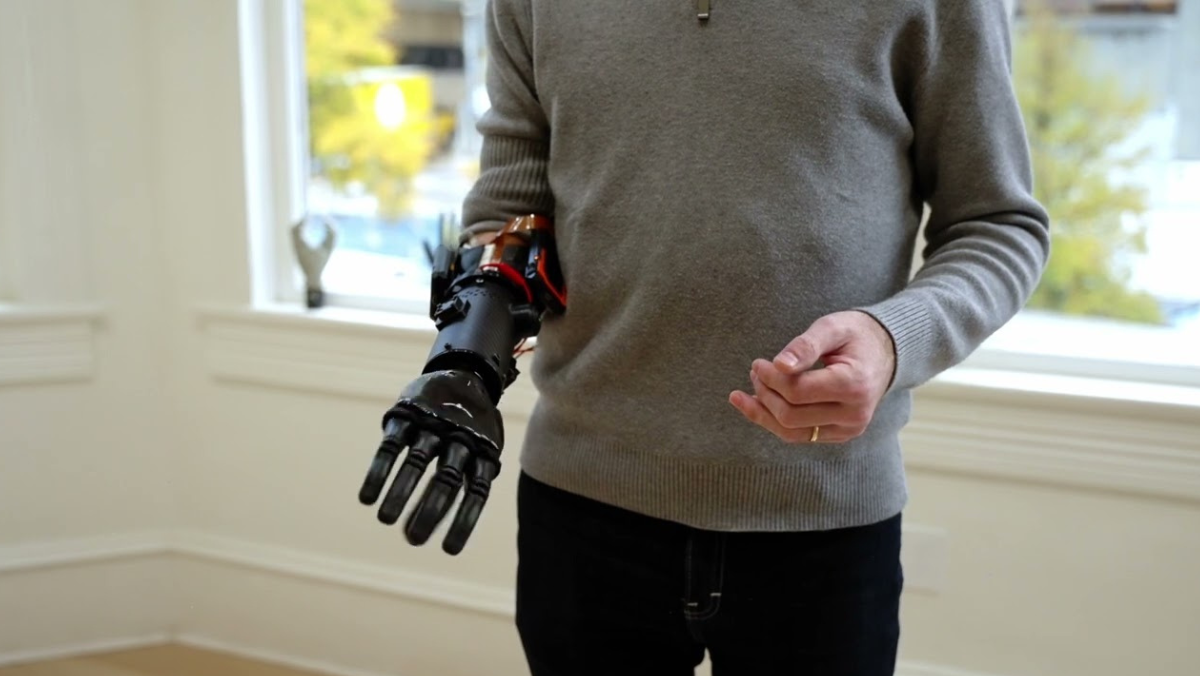INNOVATION
Mind and Machine Unite in MIT's Bionic Knee
MIT's nerve-linked bionic knee restores lifelike motion and rewires the bond between brain and limb.
18 Aug 2025

A team at the Massachusetts Institute of Technology has unveiled a bionic knee that may mark a turning point in prosthetic design. Instead of relying on a traditional socket, the device anchors a titanium rod directly into the thigh bone, creating a stable skeletal attachment. More radically, it reconnects key muscle groups and integrates sensors to read nerve signals from the brain.
The approach aims to close the feedback loop between mind and limb. When a user thinks about moving the knee, the sensors detect the neural impulse and direct the prosthesis accordingly. Early trial participants say movement feels more instinctive and less fatiguing than with conventional devices. Tasks such as climbing stairs or walking on uneven ground have become easier, they report, with improvements in balance and confidence.
The innovation combines surgical technique, robotics and neuroscience. "We're not just enhancing movement. We're rebuilding the communication loop between brain and limb," says one of the project's lead engineers.
Its promise has drawn attention from firms developing advanced prosthetics and surgical systems, which see it as a sign of where the market is heading. Yet commercial use is years away. Broader clinical trials and regulatory approval could take up to five years. Obstacles remain, from surgical risk and infection control to ensuring the long-term stability of the nerve interface.
If the challenges are overcome, the knee could be part of a broader shift towards prosthetic systems that integrate seamlessly with the body. Such designs would aim not merely to restore lost function but to make artificial limbs feel less like machines and more like extensions of the self.
Latest News
16 Dec 2025
Fillauer and Aether Join Forces to Expand Bionic Hand Access12 Dec 2025
Prosthetics Care Tests a New Digital Blueprint10 Dec 2025
Neurotech Wave Puts Prosthetic Mobility in Play24 Nov 2025
How Close Are Prosthetics to Feeling Natural?
Related News

PARTNERSHIPS
16 Dec 2025
Fillauer and Aether Join Forces to Expand Bionic Hand Access

INNOVATION
12 Dec 2025
Prosthetics Care Tests a New Digital Blueprint

TECHNOLOGY
10 Dec 2025
Neurotech Wave Puts Prosthetic Mobility in Play
SUBSCRIBE FOR UPDATES
By submitting, you agree to receive email communications from the event organizers, including upcoming promotions and discounted tickets, news, and access to related events.